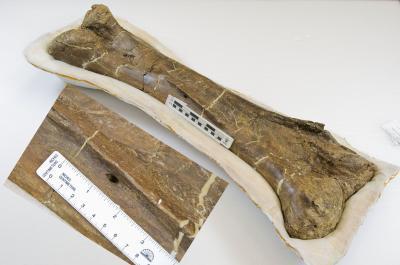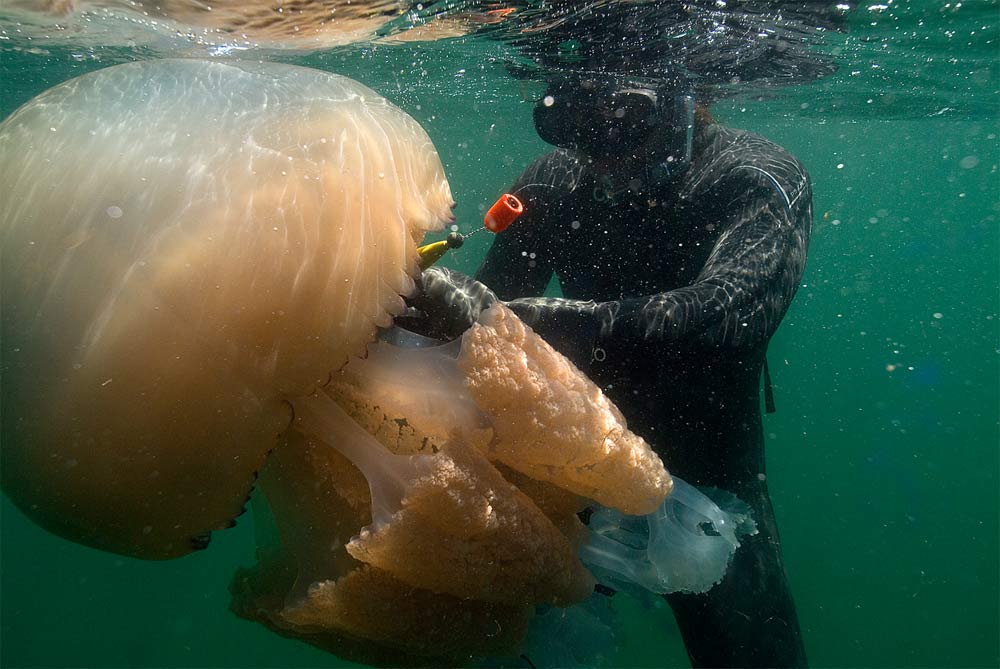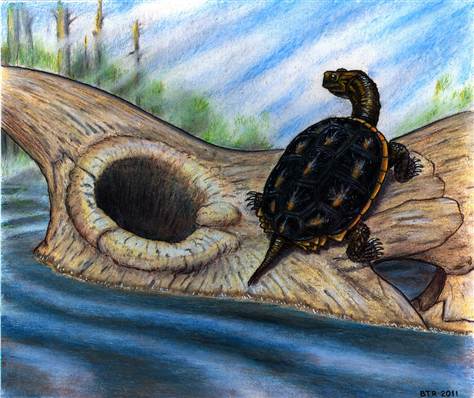
© Donald Henderson| Royal Tyrrell Museum in Alberta, CanadaResearchers studied tiny holes in dinosaur bones, including the femur of Centrosaurus apertus, a ceratopsian dinosaur.
Rather than plodding along Earth like slowpokes, dinosaurs likely were pretty active beasts, even more so than today's mammals, researchers have now found.
The finding, which was based on tiny holes that would've supplied blood and oxygen to dinosaur bones, supports the idea that at least some dinosaurs may have been warm-blooded, the researchers say.
"One of the big controversies among paleobiologists is whether dinosaurs were cold-blooded and sluggish or warm-blooded and active," study researcher Roger Seymour of the University of Adelaide said in a statement.
To find out, researchers began measuring nutrient foramen, or the tiny holes located in thigh bones. The holes supply blood to the living bone cells inside, with past research suggesting the size of the holes in human bones is related to the maximum rate that a person can be active during aerobic exercise.






